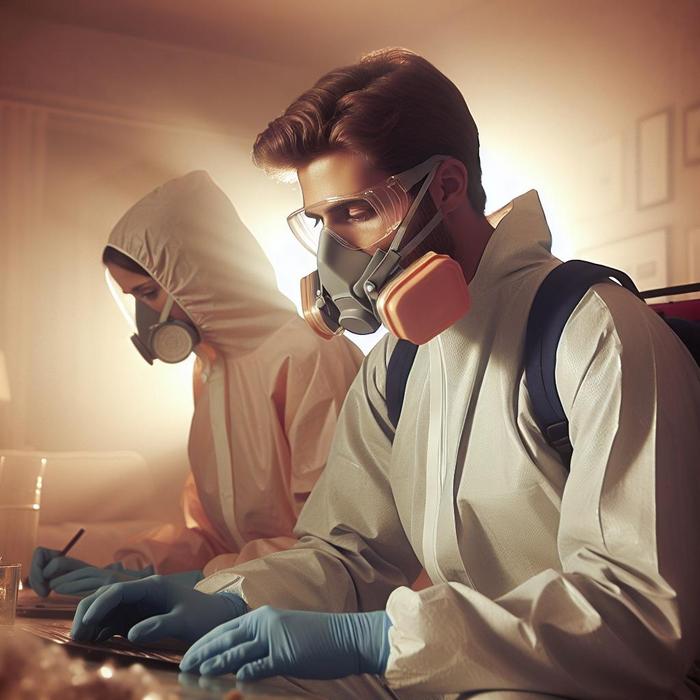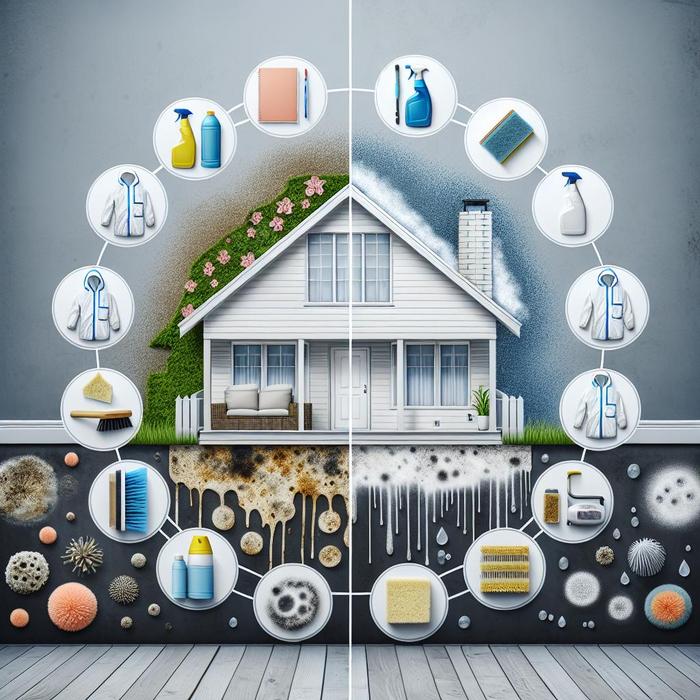Ensuring Your Privacy During Traumatic Cleanup Processes
Understanding Trauma Cleanup Privacy and Confidentiality In the aftermath of a tragic event, the last thing you need is to worry about potential privacy violations. When dealing with situations such as fire damage, mold, and other tragedies, the need for a sensitive, private, and confidential service is paramount. A trauma cleanup should not only restore […]
Ensuring Your Privacy During Traumatic Cleanup Processes Read More »











